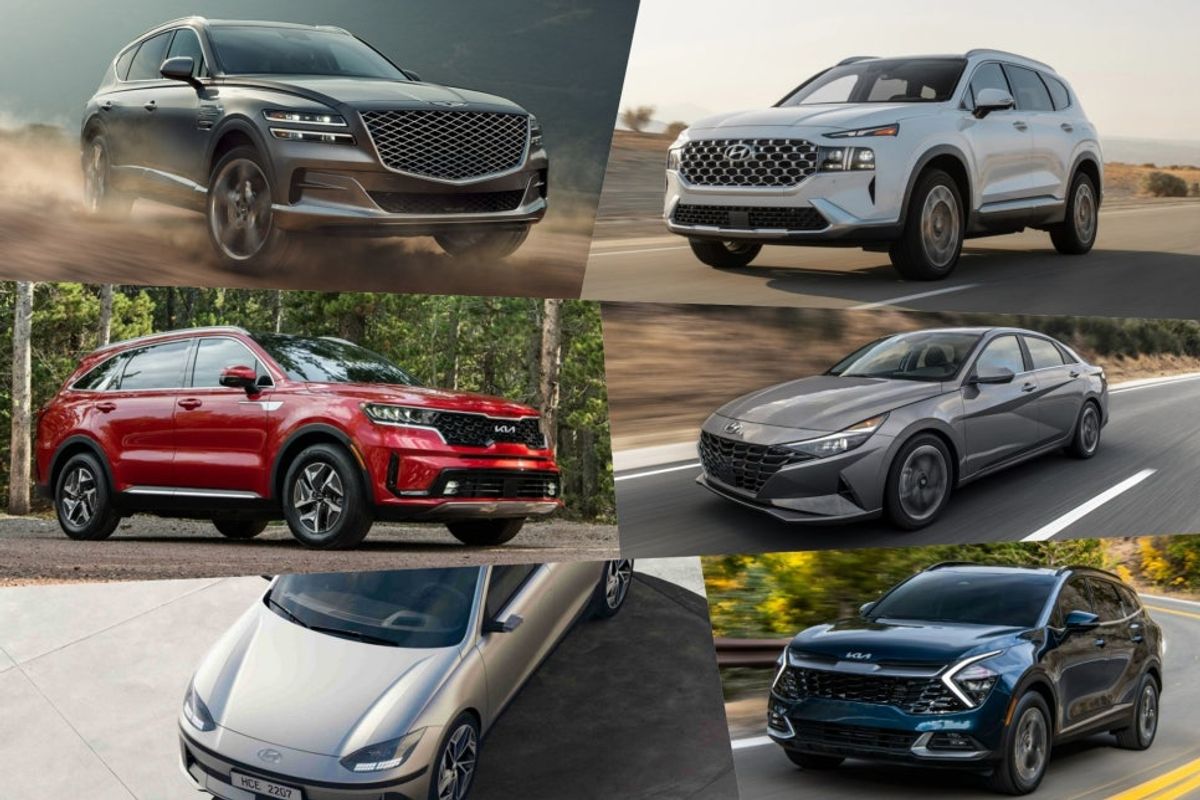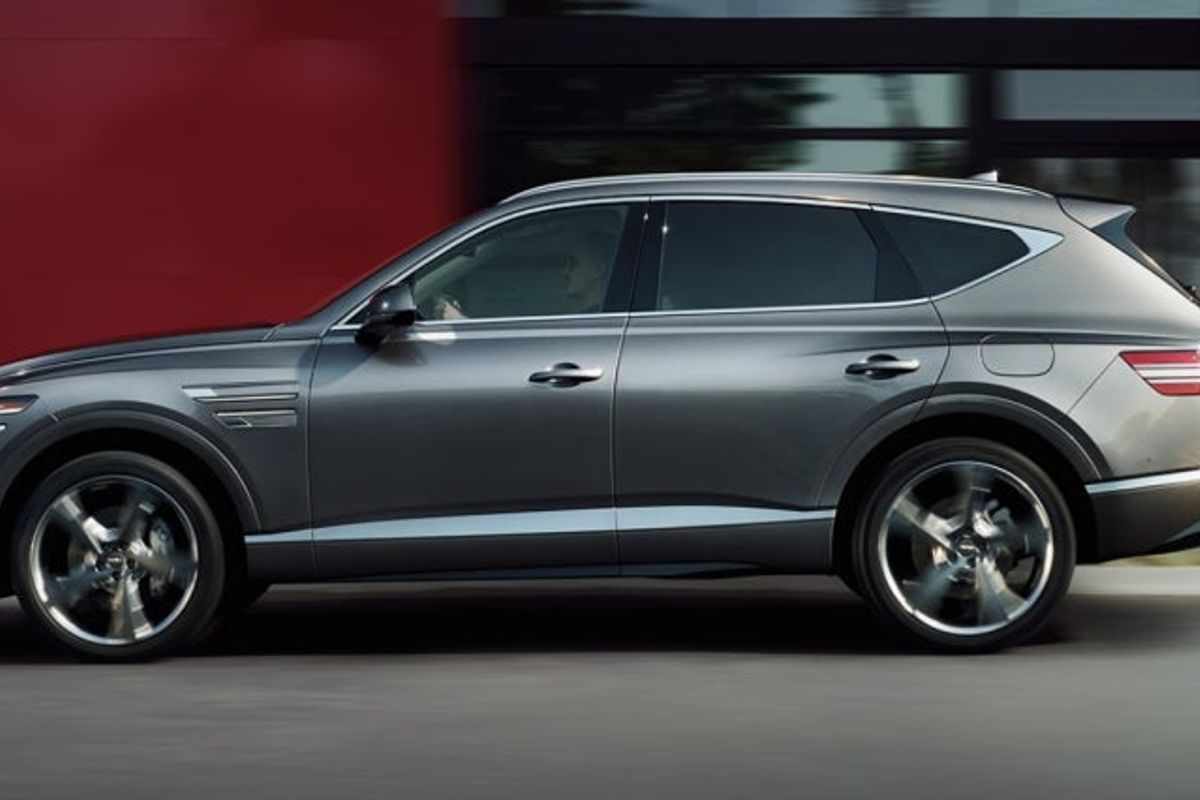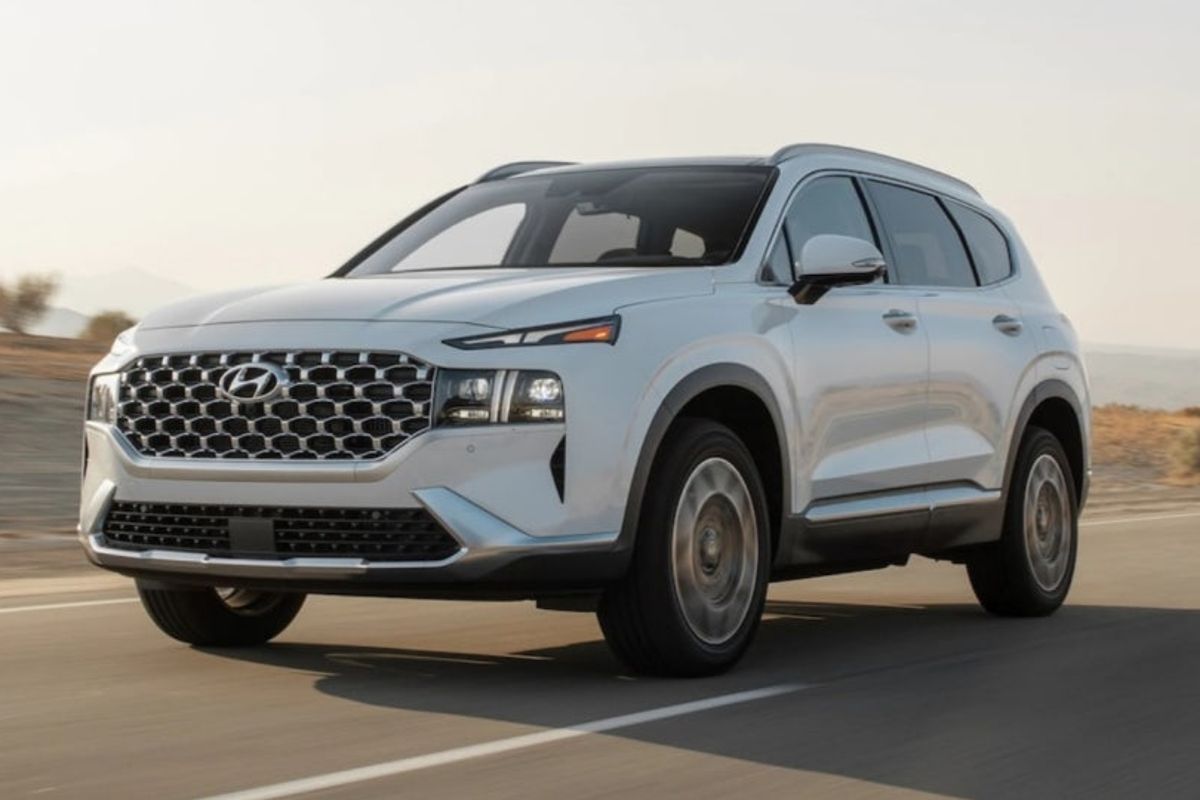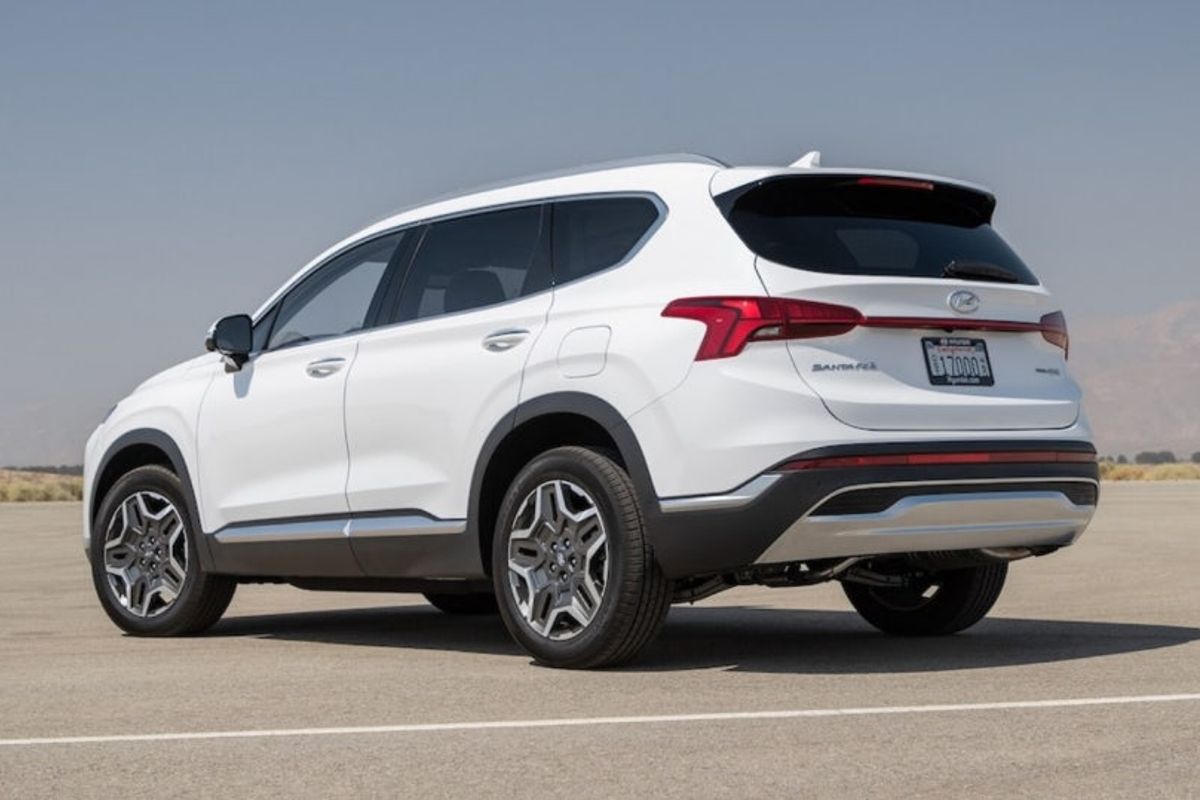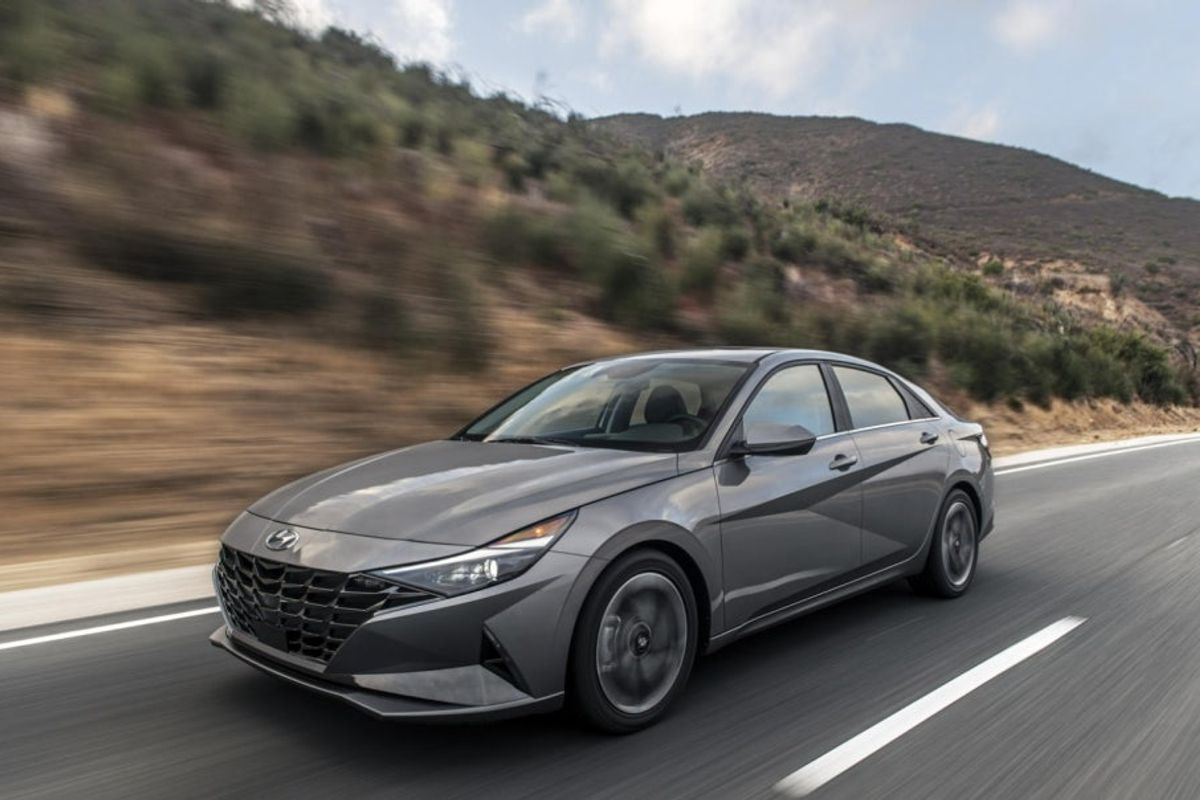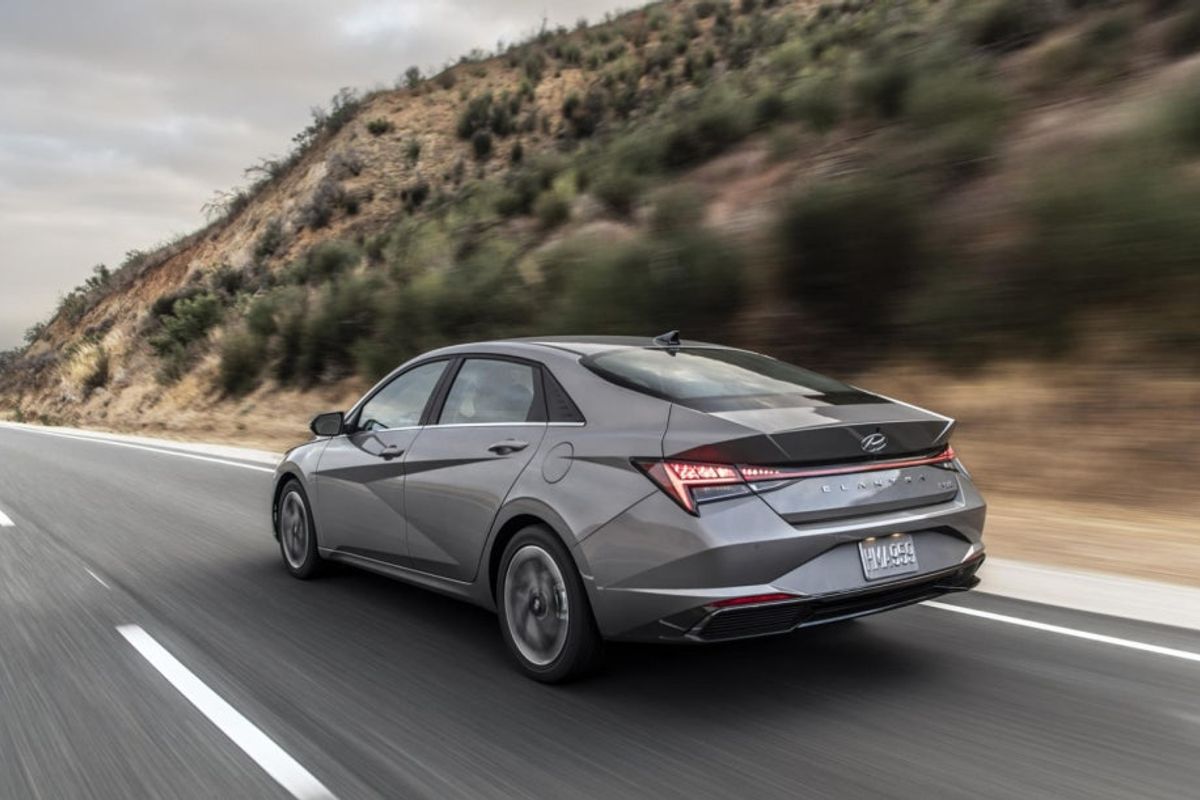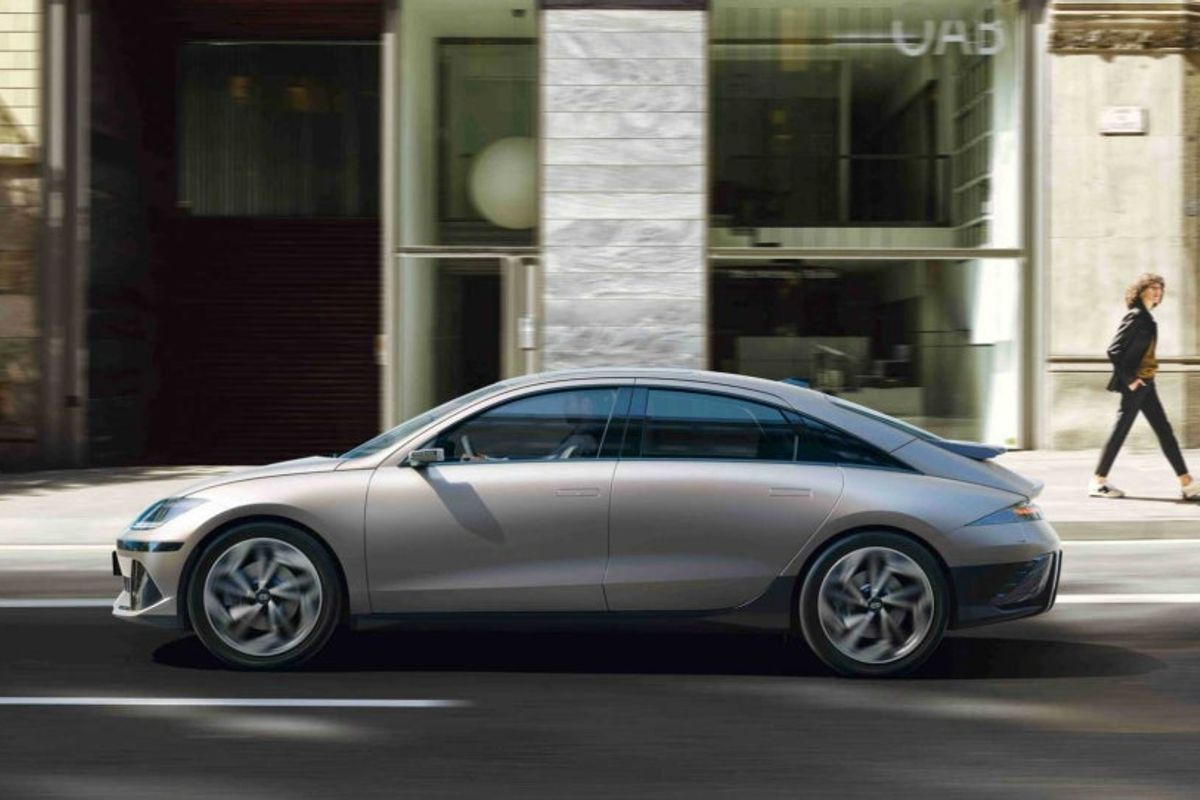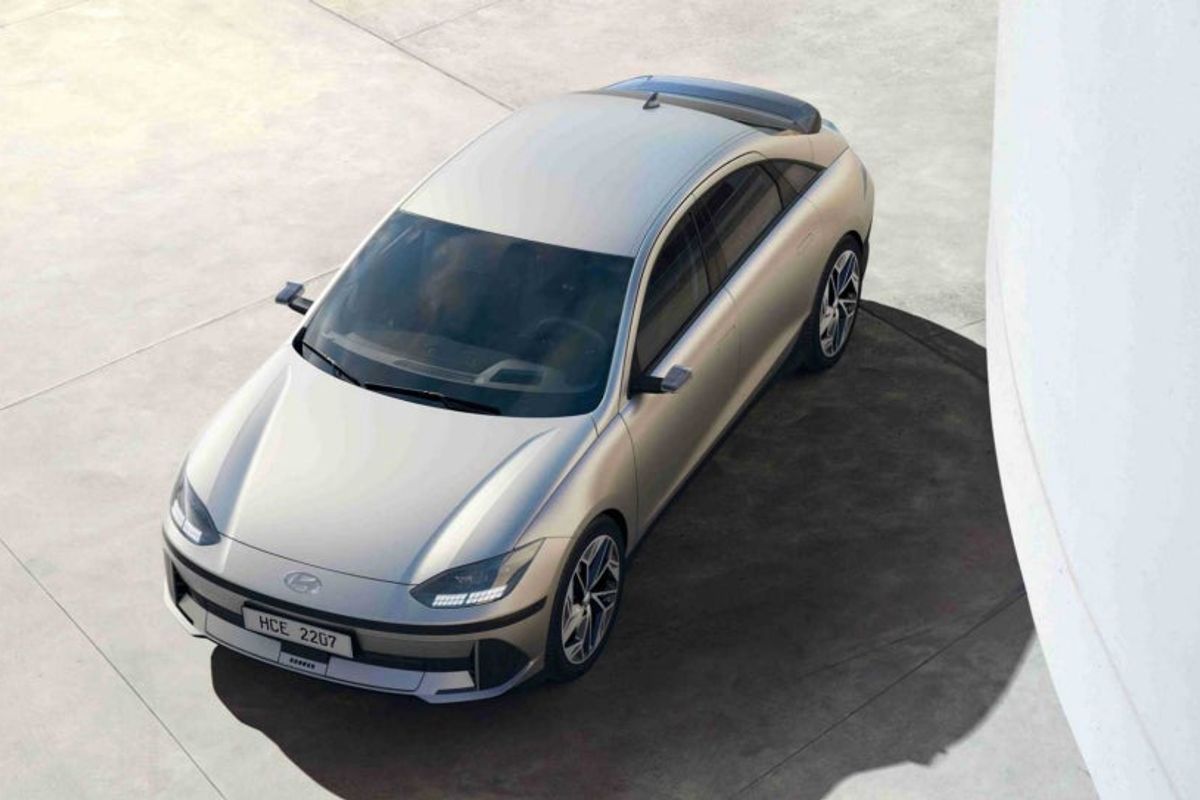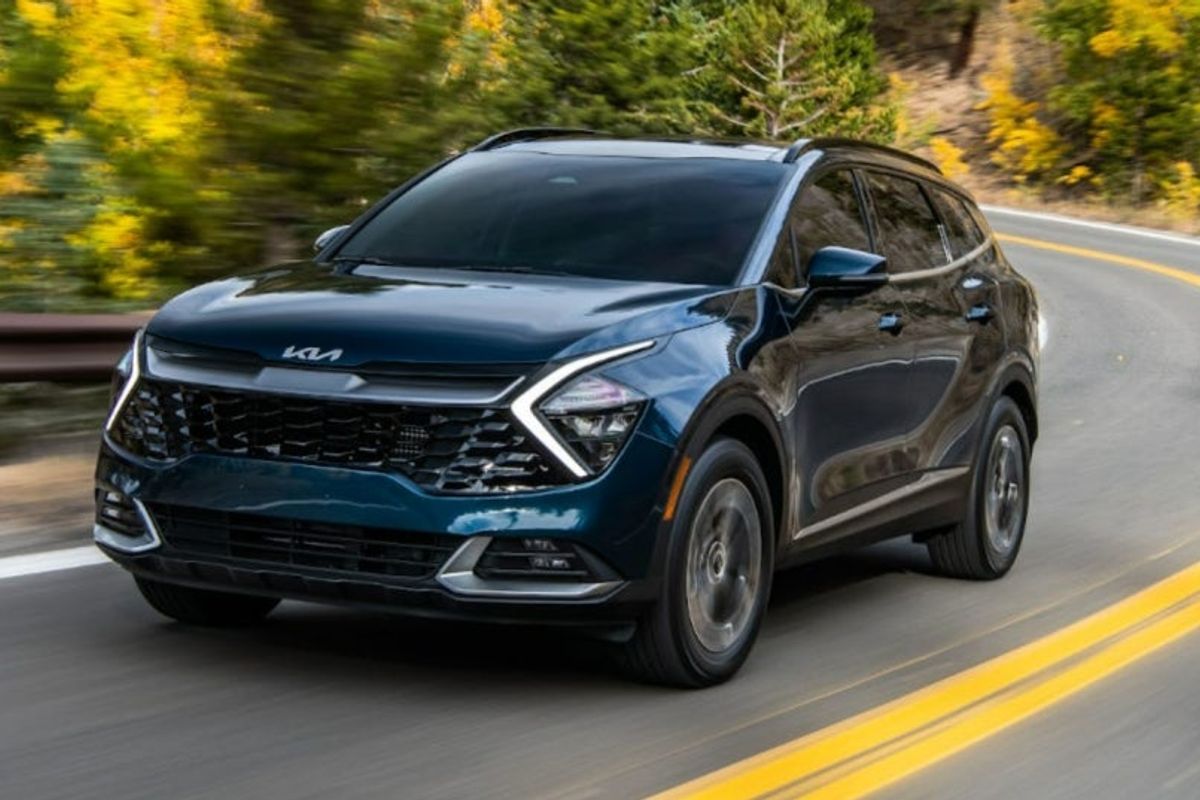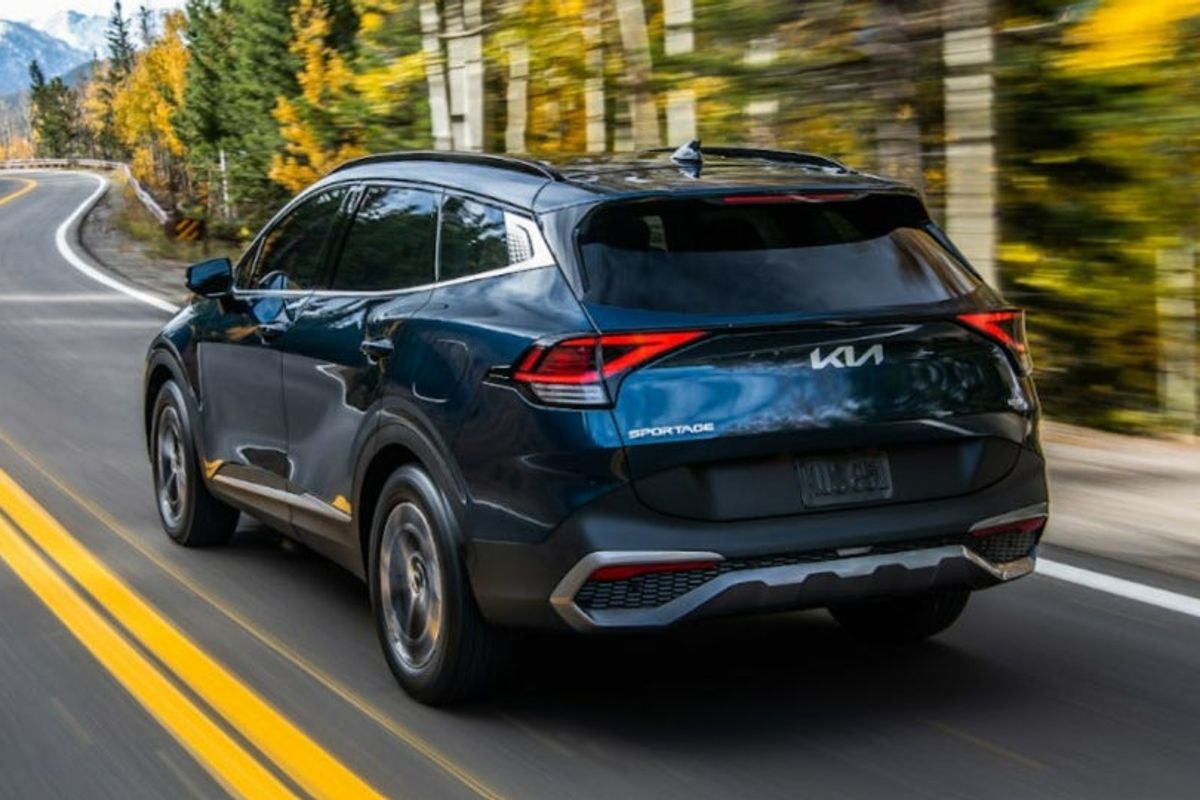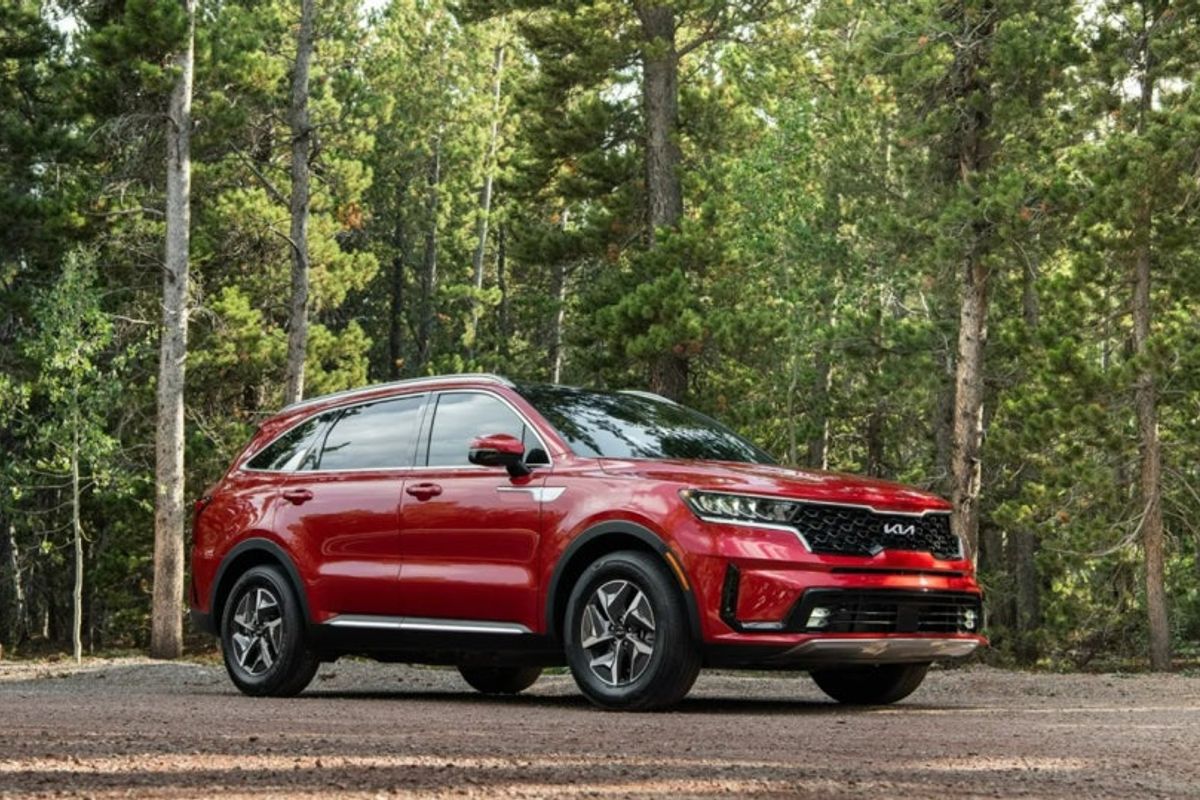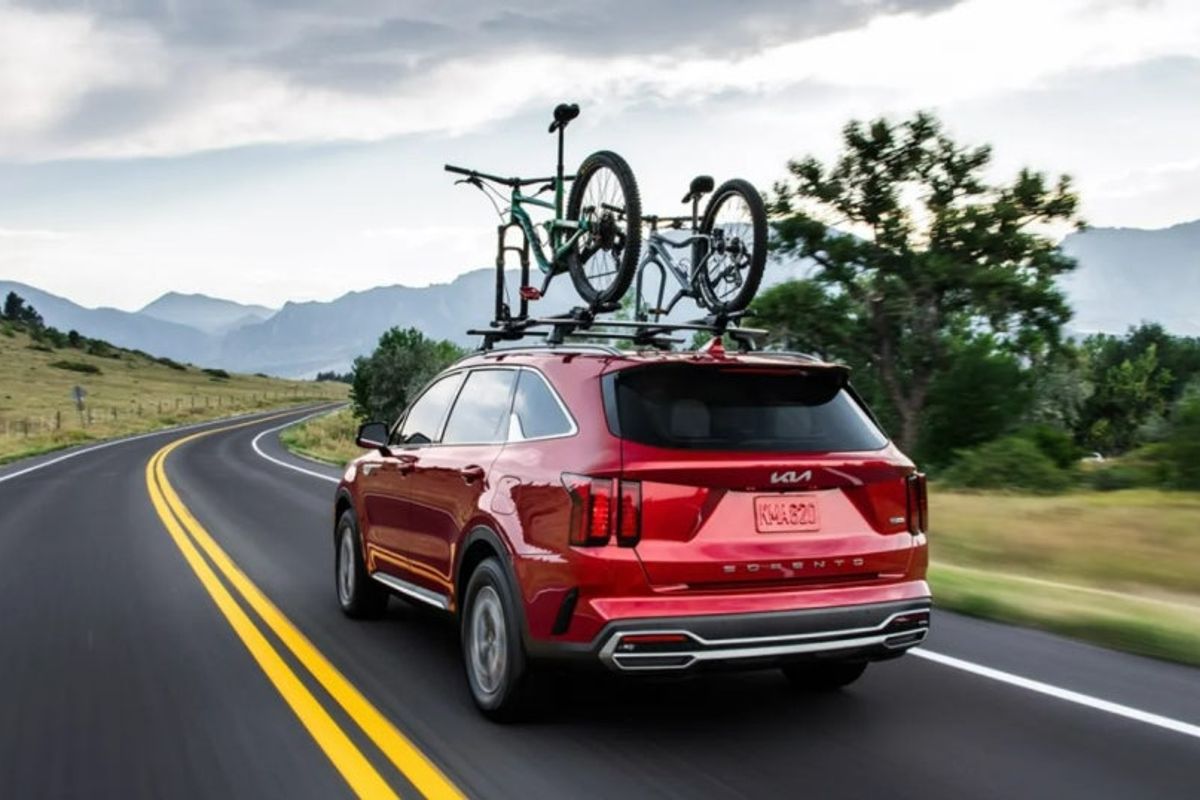Reports indicate that the Hyundai Motor Group's vehicle delivery times have extended to a maximum of 2 years and 6 months due to semiconductor supply issues for automotive applications. According to October delivery information for Hyundai, Genesis, and Kia, the model with the most severe delay is the Genesis GV80 with a 2.5T gasoline engine. The waiting time has increased by more than 6 months compared to the previous month. It now takes 30 months from contract to vehicle delivery.
Moreover, the delivery period extends further when specific options such as the second-row comfort package or panoramic sunroof are added. The Genesis GV80 diesel 3.0 has the shortest waiting period of at least 16 months. For electrified models, the GV70 electric and GV60 take over 12 months, while the G80 electric requires 7 months, which is an increase of more than 2 months compared to the previous month.
The GV80 gasoline 3.5T model also takes over 24 months to deliver. Hybrid vehicles, which require a large number of semiconductors, have also experienced serious delivery delays. The Hyundai Santa Fe Hybrid and Elantra Hybrid have a delivery wait time of 24 months.
The Santa Fe's waiting time increases further when options like the sunroof and third-row seating are added. Trends are also important: the Santa Fe Hybrid and Elantra Hybrid have increased by 4 months compared to the previous month. For the Santa Fe with internal combustion engines, the gasoline version now takes 12 months, an increase of 2 months, while the diesel version takes 11 months, a decrease of 1 month. This suggests a decline in diesel demand.
The Grandeur Hybrid takes 10 months to deliver, while the Sonata Hybrid is in a slightly better position at 7 months, though this is an increase of 1 month. The Tucson Hybrid takes over 13 months, and the Kona Hybrid takes 10 months. The situation is also serious for electric vehicles.
The newly released Ioniq 6 takes 18 months to deliver. This appears to be due to high demand following the new model's launch. The Ioniq 5 takes over 12 months to deliver.
For Kia, the Sorento Hybrid and Sportage Hybrid have an 18-month waiting period due to ECU semiconductor shortages. This situation remains unchanged from the previous month. The Sportage gasoline model takes 14 months, while the diesel version takes over 15 months. The LPG model has the shortest wait time at over 10 months. The gasoline version has increased by 2 months, diesel decreased by 1 month, and LPG decreased by 2 months.
The Sorento gasoline model takes over 11 months, while the diesel version takes more than 16 months. It appears that there is higher demand for diesel or hybrid versions in the mid-size SUV segment. The Carnival's situation shows that the gasoline version takes over 6 months, while the diesel version takes more than 16 months.
The K5 Hybrid takes over 12 months, while the K8 Hybrid takes more than 10 months. The Niro Hybrid takes over 8 months, which appears to be a 2-month decrease compared to the previous month. Kia's electric models have long waiting periods. The EV6 takes over 14 months across all trim levels. The Niro EV takes more than 12 months. For commercial vehicles, the Bongo III LPi model has been discontinued.
As semiconductor supply issues persist, the Hyundai Motor Group is investing in semiconductor companies to find its own solutions. In September, the group invested in Bos Semiconductor, a fabless startup specializing in automotive semiconductors. Bos Semiconductor designs and develops optimized system semiconductors and vehicle software for its clients. They also possess technology for developing high-performance, low-power semiconductors, CPUs, graphics cards, and high-speed signal interfaces.
Hyundai has been investing in semiconductors for quite some time, but there have been no significant visible effects. For now, collaboration with companies like Telechips in the automotive semiconductor field may yield faster results than investments. However, Bos seems to focus on higher-level areas like HPC, CPU, and GPU, rather than ECU. This is expected to extend to artificial intelligence and autonomous driving, potentially expanding into robotics and Urban Air Mobility (UAM) sectors.
